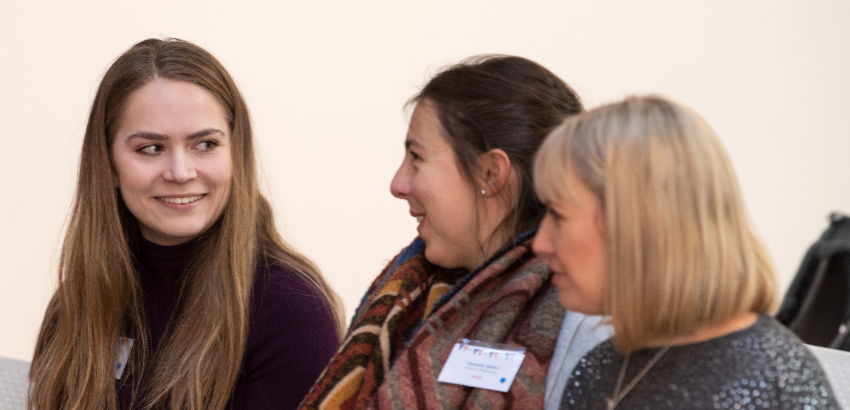
Why does gender inequality still exist in science and what can we do about it?
The International Day of Women and Girls in Science is an initiative from the United Nations to recognise the contribution of women and girls in science, technology, engineering and mathematics (STEM) and to address gender inequalities in STEM fields.
Why do we need to address gender inequalities in scientific research?
Gender inequalities in scientific research have long been acknowledged. In 2019 UKRI found that women were more successful at fellowship applications than men (24% vs 16% success rate) but were less successful once established as principal investigators. In the same year, researchers from UCL found that male early career academics in UK life sciences were more likely to have achieved external funding (more grants, higher grant values), and have a higher starting salary than women. A more recent report in Nature Human Behaviour (summarised here), compared data from 103,000 papers from 1167 journals published by Elsevier and found that only 26 % of scientific authors were women.
Why do gender inequalities still exist?
Anecdotally, it is accepted that women in science generally tend to receive fewer awards, and those awards are for smaller sums. Women tend to bear a disproportionate admin burden in universities (pastoral care, committees on gender and other equity issues etc). They often also bear the higher burden outside of the lab in terms of childcare, care of elderly relatives and household management. This is illustrated in a 2020 study from researchers in Denmark and the United States (summarised here) where over the course of the COVID-19 pandemic, where worldwide lockdowns and restrictions were in place during 2019-2020, the proportion of women publishing or starting new projects decreased. The opposite was true for men, whose outputs increased, and this effect was stronger in early career scientists – notably a career stage that is more likely to coincide with having a young family. It is important to note that almost all data in these studies are along binary gender categories and do not consider additional identities.
What can be done to improve gender equality?
A recent report in Nature looks at the cumulative effect of inequities of this kind. Grant applications are often assessed on past performance including publications, previous funding, and invitations to present their work and other markers of esteem. This means that any initial disadvantages can accumulate over time as women’s careers progress. One solution could see all researchers who are eligible to apply for grants receiving at least enough to enable them to do early studies.
What is the BSN doing to improve gender equality?
At the BSN we have recently established an equality, diversity and inclusion subcommittee, and initial work on assessing the status of our membership has already begun in order to target improvements in equality, diversity and inclusion at BSN. Initial findings are reflective of the wider scientific community, with women outnumbering men at all membership levels until the Senior Academic / Professorial level.
At the BSN we offer many different grants that support early career research, and our recently relaunched academic support fund specifically supports new academic researchers or with no other source of funding, helping to kick-start their research to aim for larger grants and fellowships. Our early career representatives are elected blind, with any gender identifying language removed from manifestos. The BSN board of trustees is 69 % female, and gender balance is an important factor in selecting our meeting chairs, speakers, and prize lectures.
We recognise that there is more to be done, particuarly in areas of intersection with women who also identify with other underrepresented groups. Constructive questions and suggestions are welcome, please email theteam@neuroendo.org.uk in the first instance.

